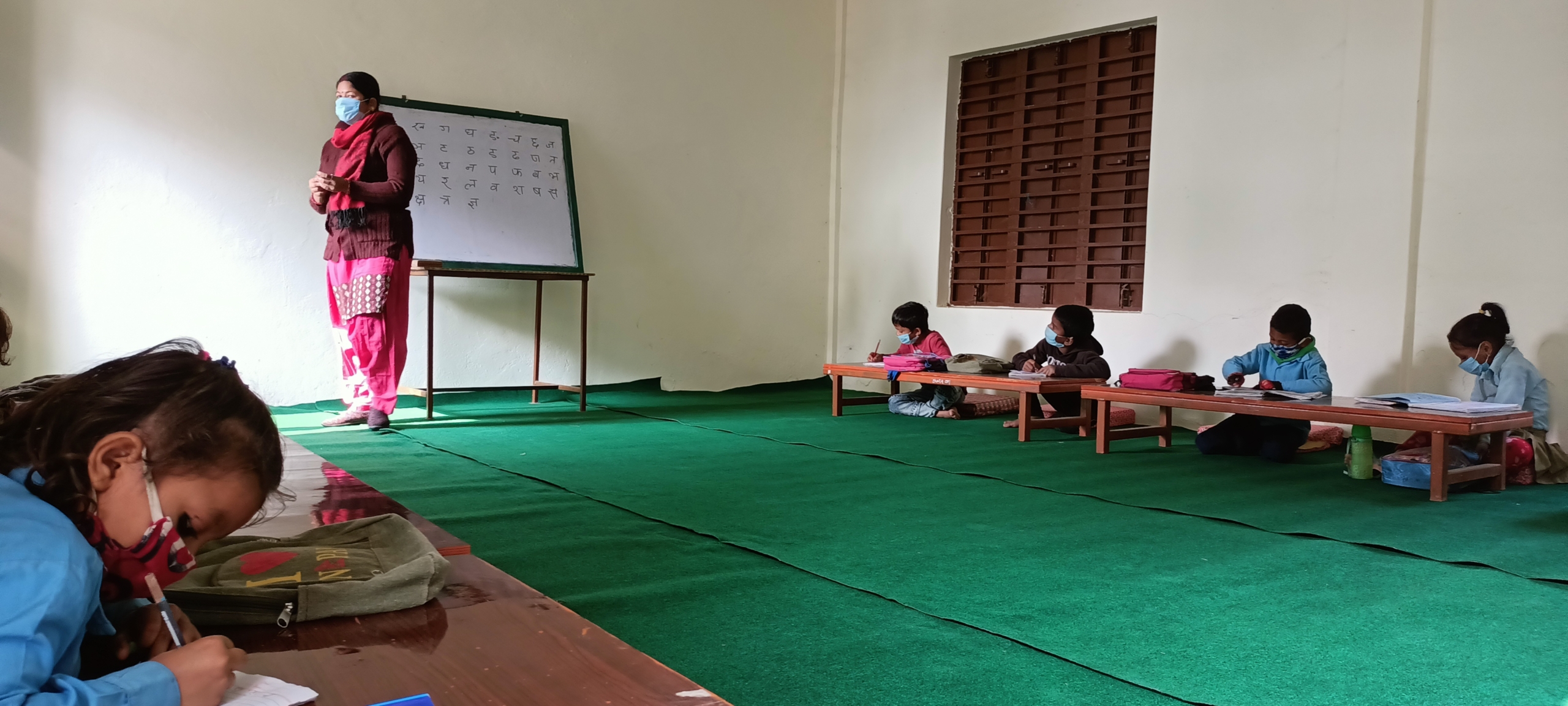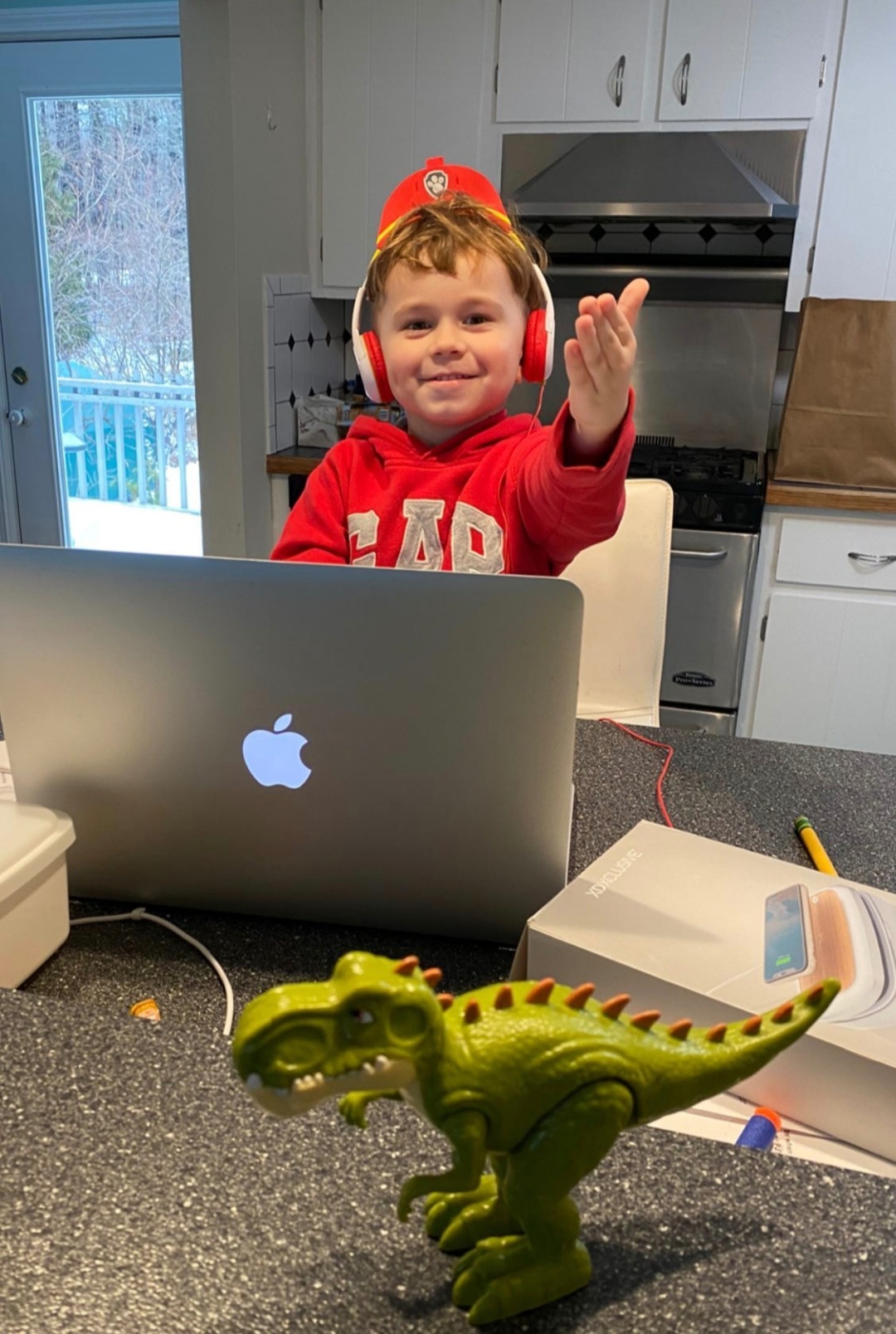Ten years ago, the landscape for digital learning was uncertain. Believe it or not, school leaders and the public did not realize the potential that the effective use of technology can have to close inequities and personalize instructional opportunities for students. Many educators felt uncertain about the role digital learning could play in their classrooms.

Thankfully, digital learning and advances in educational technology shifted classroom technology perceptions from merely being a “nice thing to have” to a necessary tool to improve instruction, increase opportunities, and eliminate educational inequities. That sentiment could not be more powerful today as digital learning has assumed an entirely new meaning.

In response to school closures in 2020, many schools were forced to build the digital learning infrastructure necessary to deliver high-quality remote learning and help their teachers and parents pivot quickly to implement research-based digital learning practices into their distance learning plans. Digital learning has become a lifeline as they prepare to teach students remotely and in hybrid environments during the COVID-19 pandemic. They had to issue laptops, train teachers on remote instruction, communicate with parents, and find a way to keep students fed and healthy, all from a distance.
Admittedly, current circumstances are not ideal. Nonetheless, the pandemic has also offered us an opportunity to transform daily practices that guide teaching and learning.


Acronis Cyber Foundation believes through collaborative efforts between educators, parents and the generosity of donors, we are able to redesign the school experience and to deliver on digital learning’s potential. And with the recent opening of our first computer classroom in Tanzania to the transformation of our school in Senegal, the potential of digital learning is tremendous in 2021!